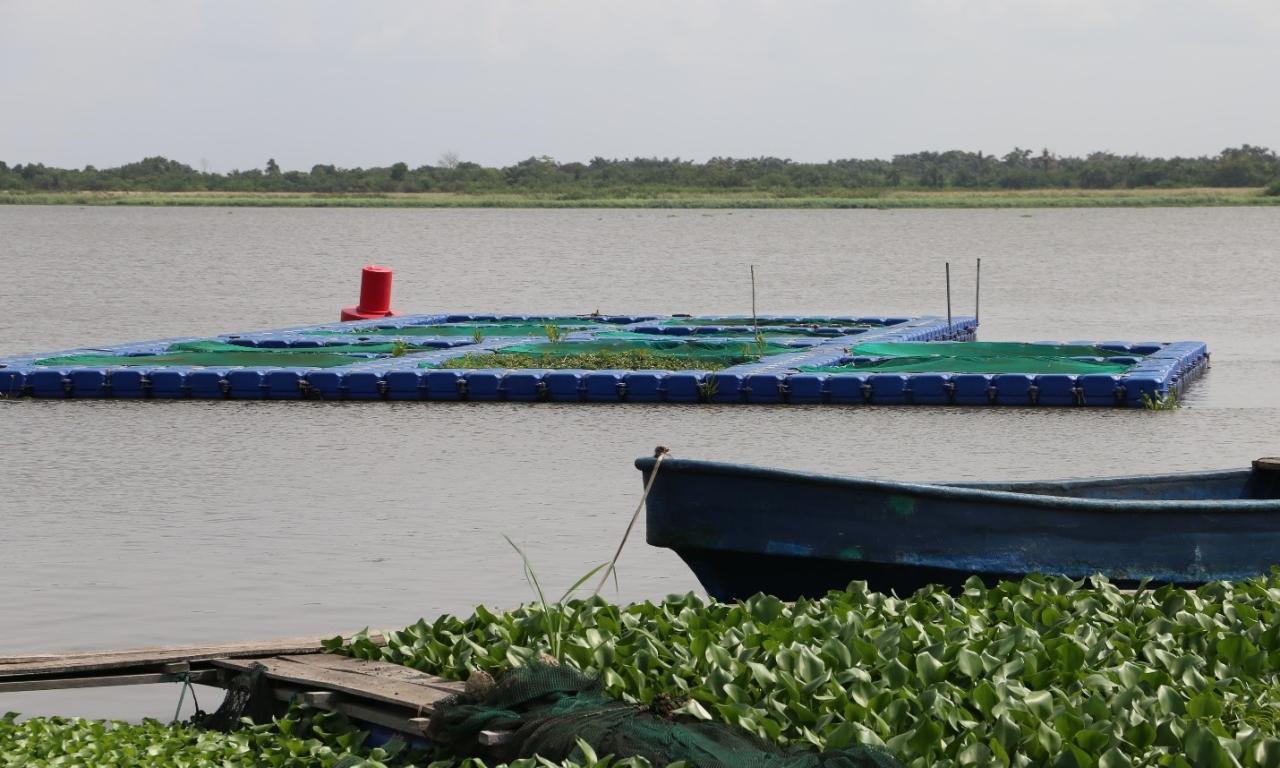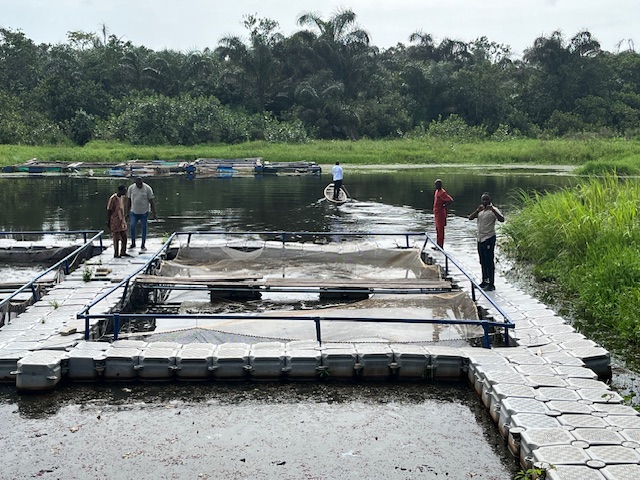
A new socioeconomic and environmental baseline study has revealed a promising opportunity for sustainable aquaculture development in Nigeria’s coastal regions. The study highlights growing interest among small-scale fish farmers in adopting Integrated Multi-Trophic Aquaculture (IMTA). This innovative method involves cultivating multiple aquatic species from different levels of the food chain in a single system, where the waste from one species becomes a resource for another. Though technically complex, IMTA offers a more efficient and environmentally sustainable approach to aquaculture.
The Promise of Integrated Multi-Trophic Aquaculture
According to the study, the successful adoption of IMTA in Nigeria will require coordinated structural improvements across the aquaculture value chain. These include expanding access to affordable credit for farmers, strengthening extension services, addressing environmental threats such as invasive water hyacinth and pollution, and upgrading market infrastructure, including storage and transportation systems. The study emphasized that these foundational changes are essential to support farmers and ensure the long-term viability of IMTA in Nigeria.
The study is part of the Asia-Africa BlueTech Superhighway (AABS) project, supported by the UK’s Climate and Ocean Adaptation and Sustainable Transition (COAST) program under the Blue Planet Fund. AABS aims to transfer successful aquaculture technologies and practices from Asia to Africa, with a focus on enhancing food security, improving livelihoods, and building climate resilience in coastal communities. Nigeria, alongside Kenya and Bangladesh, is a key beneficiary of this initiative.
Nigeria’s aquaculture sector holds significant potential. With over 850 kilometers of coastline, numerous rivers, and tidal lagoons, the country is already Africa’s second-largest aquaculture producer. Fish is a critical source of nutrition, providing half of the country’s protein intake. However, Nigeria still imports nearly half of its fish supply, spending over $1 billion annually. Local fish farmers, who primarily raise African catfish in freshwater ponds and cages, face numerous challenges, including high input costs and competition for land and water resources.
The baseline study, which surveyed 454 fish farmers across Lagos, Ogun, and Ondo states, provides valuable insights into the socioeconomic and environmental conditions shaping aquaculture in Nigeria. Using digital tools like KoBoToolbox and working closely with Lagos State University (LASU) and local partners, the research team gathered data on income levels, education, health, gender roles, and farming practices. The findings reveal that while awareness of IMTA is low—88% of farmers had never heard of it—there is a strong willingness to adopt the practice, with 96% expressing interest if adequate support is provided.

What It Will Take to Make IMTA Work?
Despite this enthusiasm, several barriers hinder the adoption of IMTA. Access to finance remains a major challenge, with only a third of farmers able to secure formal loans. Even those who qualify often face high interest rates and complex application procedures. Infrastructure deficits, such as poor road networks and limited cold storage, compromise product quality and reduce profitability. Additionally, the lack of inclusion of IMTA in national aquaculture policies means that farmers have little access to official incentives or technical guidance. Government extension services are also limited, reaching fewer than 5% of farmers in some states.
Nevertheless, the study identifies significant opportunities for growth. IMTA allows for diversification by integrating fish, shellfish, and seaweed farming, which can create multiple income streams and reduce the risks associated with single-species farming. This approach also supports environmental sustainability by minimizing waste and improving ecosystem health.
With Nigeria’s fish demand continuing to outpace supply, expanding IMTA could help increase domestic production, reduce reliance on imports, and even open up new export markets.
Encouragingly, 81% of surveyed farmers indicated a willingness to invest in sustainable practices, including environmental management efforts such as controlling invasive species like water hyacinth. This readiness reflects a growing awareness of the need for innovation and sustainability in aquaculture.
In February 2024, a stakeholder meeting organized by the AABS project brought together fish farmers, private sector representatives, researchers, NGOs, and community leaders to discuss the potential of IMTA and the challenges to its implementation. Participants acknowledged that profit margins in traditional finfish farming are shrinking and agreed that IMTA offers a viable alternative. However, they also stressed the importance of inclusive development strategies that address food insecurity, poverty, and gender inequality.
Targeted promotional efforts and policy reforms are essential to support IMTA adoption. This includes integration of IMTA into national aquaculture strategies, the development of inclusive business models, and the prioritization of environmental interventions. By doing so, Nigeria can unlock the full potential of its aquaculture sector, improve rural livelihoods, and contribute to broader environmental conservation goals.
